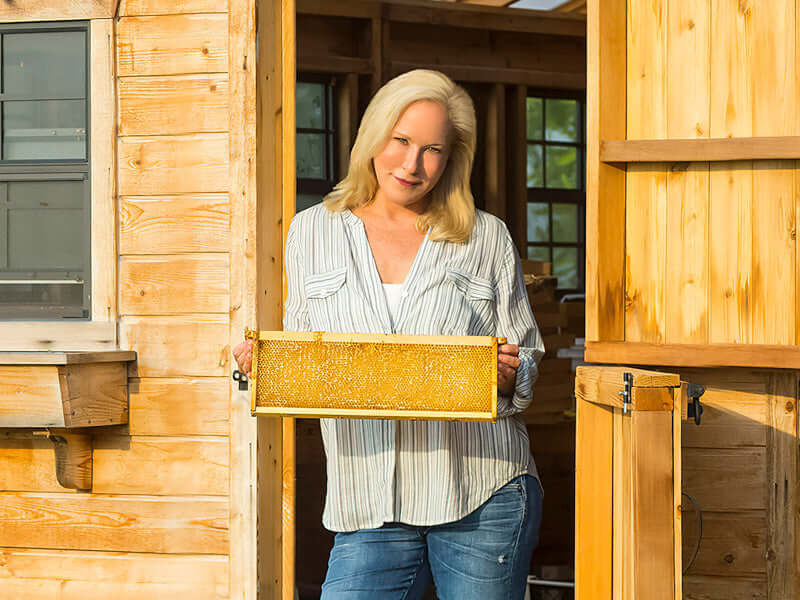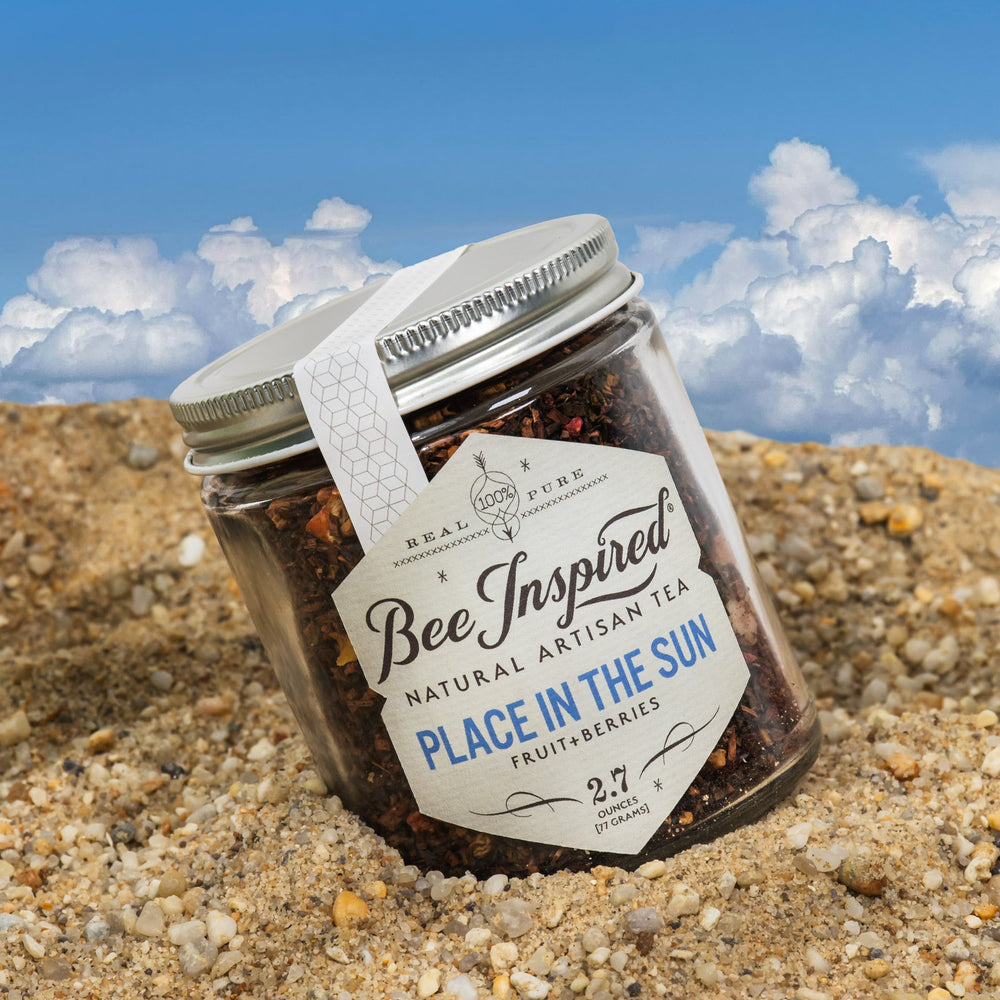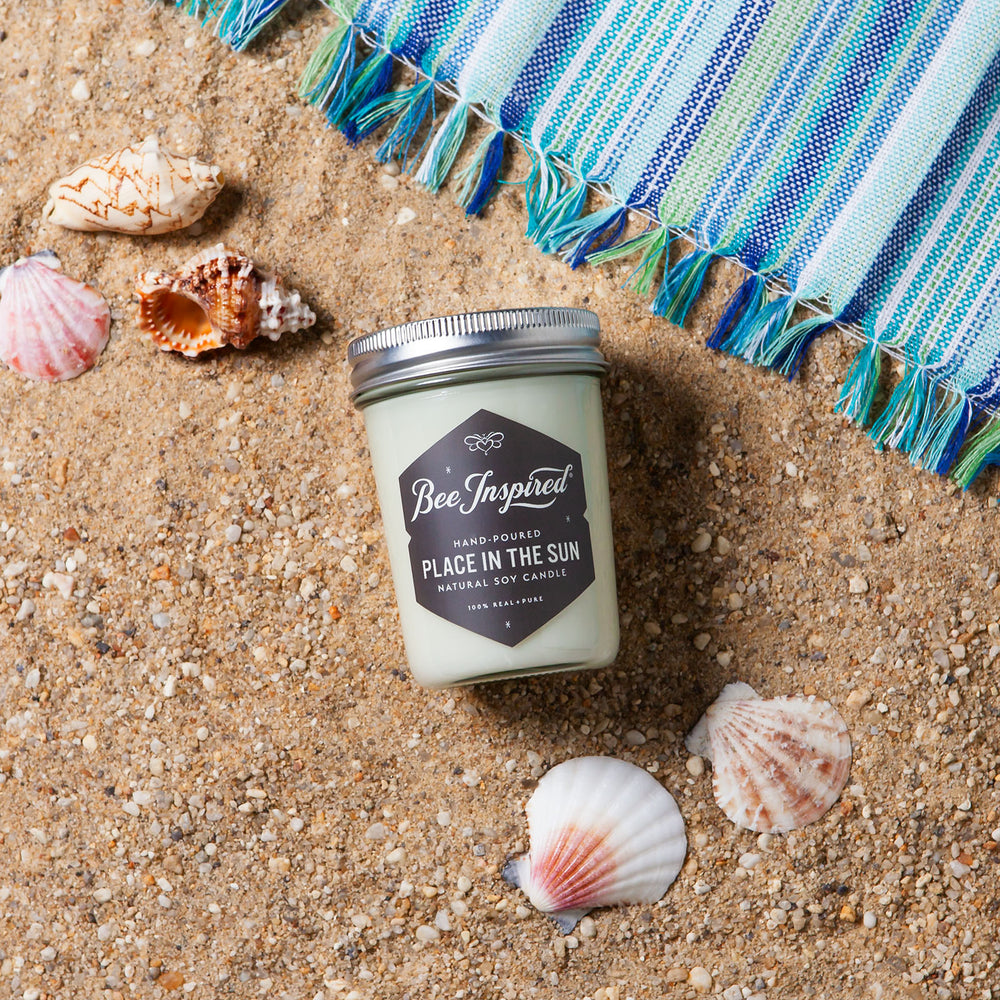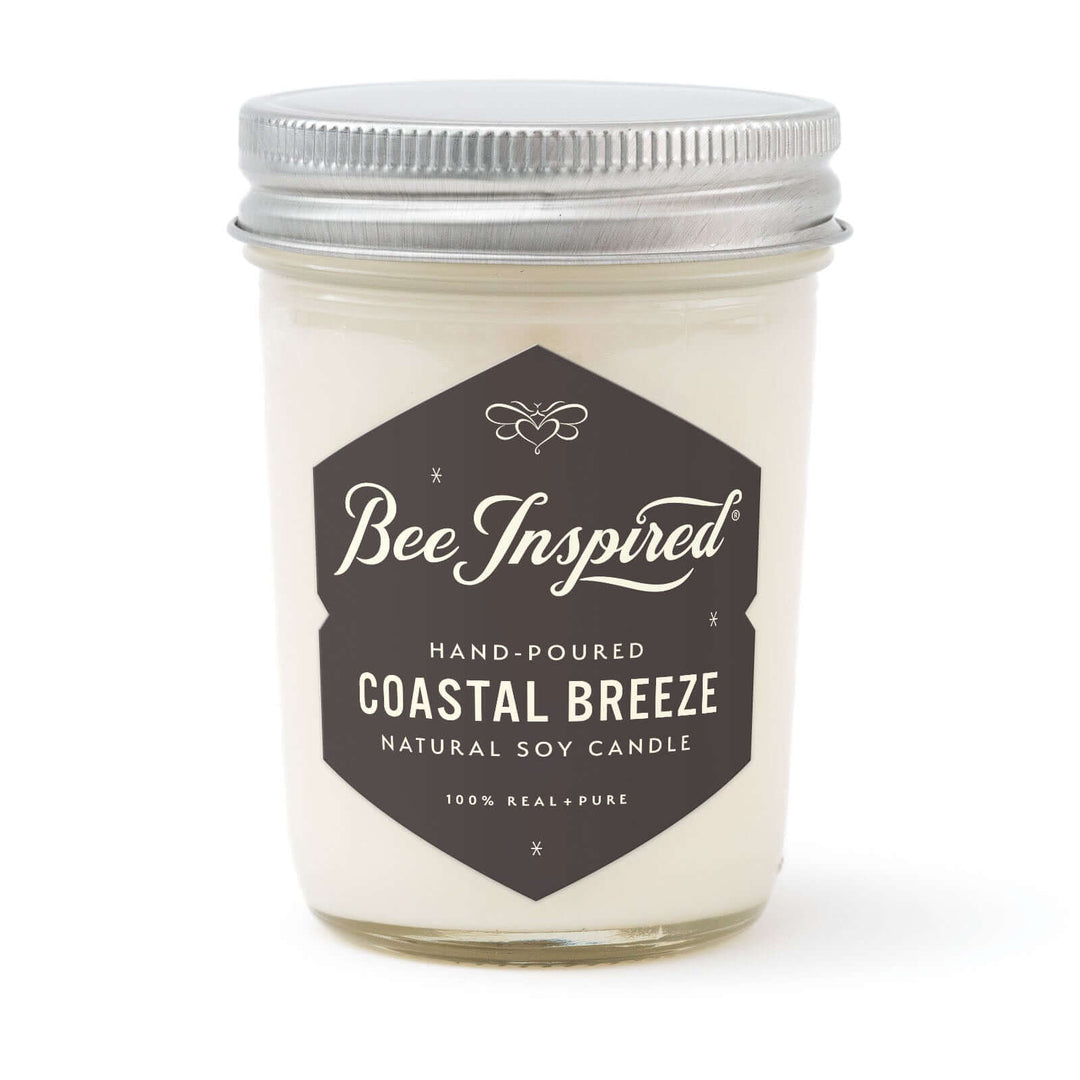What do bees do in winter? Unlike many creatures that hibernate, honey bees stay remarkably active inside their hives throughout the coldest months. They form tight clusters to generate warmth, consume stored honey for energy, and work tirelessly to ensure the queen and colony survive until spring arrives. This comprehensive guide explores how bees prepare for winter, their fascinating survival behaviors, the challenges they face, and how beekeepers support their colonies through the cold season.

How Honey Bees Prepare for Winter
As temperatures drop and autumn transitions to winter, honey bee colonies begin their remarkable preparation for survival. Unlike bears or other animals that hibernate, honey bees remain active throughout winter, relying on strategic planning and hard work during warmer months. Their winter preparation includes collecting nectar and pollen, transforming it into honey, and producing special winter bees adapted specifically for cold weather survival.
The queen bee produces winter bees starting in late summer—a unique caste with larger fat bodies and significantly longer lifespans than summer bees. These winter bees are essential for maintaining colony warmth and health through the harsh months ahead. As the queen gradually reduces her egg-laying in autumn, the entire colony focuses on ensuring adequate honey stores for winter survival.

Collecting Nectar and Pollen Before Winter
Even as temperatures fall below 60 degrees Fahrenheit, worker bees continue their tireless foraging missions. This behavior mirrors how squirrels gather and store nuts for winter—both species understand the importance of preparation. Worker bees venture to the last blooming flowers of the season, gathering nectar and pollen to bring back to the hive. This late-season foraging is critical, providing the raw materials needed to produce enough honey to sustain the colony through months when no flowers bloom.
When worker bees return to the hive, they store collected nectar in their specialized honey stomachs and transfer it to other workers who process it into honey. Pollen gets carefully packed into honeycomb cells to serve as an essential protein source. Many beekeepers provide supplemental pollen patties during this crucial period to ensure bees have ample resources for building adequate honey reserves before winter truly sets in.
Storing Honey for Winter Survival
After collecting nectar, honey bees transform it into honey through a remarkable process. The nectar undergoes evaporation and enzymatic action as bees fan it with their wings, eventually becoming the thick, sweet honey stored in wax cells. This stored honey serves as the colony's primary fuel source during winter months when foraging becomes impossible.
A single healthy hive can consume between 30 to 90 pounds of stored honey during winter, depending on climate and colony size. This staggering amount highlights why adequate reserves are absolutely critical—insufficient honey stores mean the colony risks starvation and may not survive until spring flowers bloom again. Honey production during summer and fall literally determines whether the colony lives or dies.
Laying Winter Bees
As winter approaches, the queen bee adjusts her egg-laying strategy in a fascinating way. She slows her overall production but begins laying special winter bees—a distinct caste designed specifically to survive harsh winter conditions. Winter bees have notably larger fat bodies compared to their summer counterparts, contributing to their extraordinary lifespan of approximately six months (compared to just six weeks for summer bees).
Winter bees play crucial roles beyond simple survival. They incubate any late-season brood, maintain the winter cluster's structure, and keep the colony alive until warmer weather returns. As winter progresses into late January or February, the queen gradually resumes regular egg-laying, preparing the colony to rebuild its population when spring arrives.
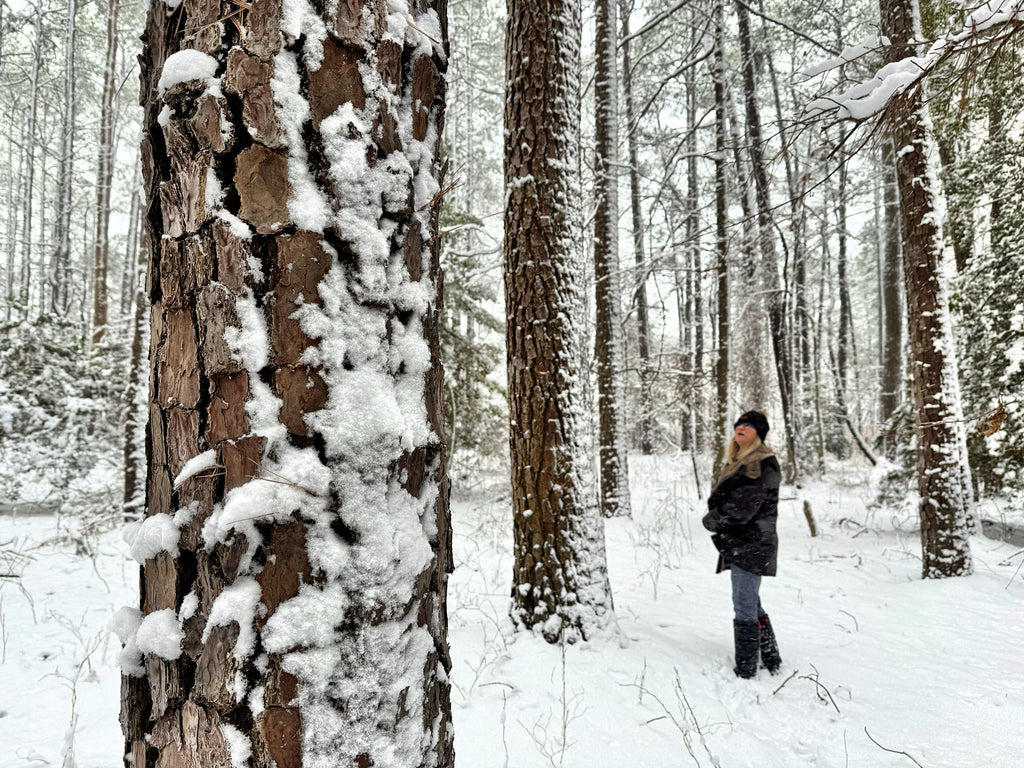
Our Chesterhaven Beach Farm looks beautiful covered in snow—just like the bees, we embrace winter's quiet beauty!
Winter Behavior of Honey Bees
As cold weather sets in, honey bees exhibit unique survival behaviors that have evolved over millions of years. Unlike most insects, honey bees don't hibernate or enter dormancy. Instead, they form a remarkably organized cluster within the hive to maintain warmth and protect their queen. This clustering behavior allows them to regulate internal hive temperature with precision, ensuring all bees remain active and healthy throughout winter.
Winter activities revolve around consuming stored honey and managing the hive environment carefully. Bees rely entirely on their honey reserves as their energy source, moving strategically within the cluster to access it. Proper ventilation and moisture control become crucial during this period to prevent condensation buildup and maintain optimal hive conditions.
Clustering for Warmth
To generate heat during winter, honey bees cluster together tightly and shiver their powerful flight muscles without actually flying. This clustering behavior creates a living furnace that maintains warm temperatures inside the hive, with the cluster's center reaching up to 93-100°F even when outside temperatures plummet below freezing.
The cluster has two distinct parts: a dense outer shell of bees packed tightly together (acting as insulation) and a looser inner core where bees can move around more freely. Bees on the outer layer stay relatively motionless, while those in the center remain active. As bees on the outside become too cold, they rotate inward to warm up, while warmer bees move outward—creating a constant circulation system that keeps everyone alive.
Consuming Stored Honey
During winter, honey bees depend entirely on their stored honey reserves to maintain energy levels and generate cluster heat. Winter bees frequently move within the cluster to access stored honey and uncapped nectar cells. This strategic movement ensures all bees have access to the nutrition and energy they need to survive the cold months.
Beekeepers often assess hive weight during winter to determine if honey stores remain adequate. A light hive signals potential starvation risk. If stores are insufficient, experienced beekeepers may provide supplemental feeding with sugar syrup, fondant, or other alternatives to ensure the bees have enough food until spring flowers bloom.
Ventilation and Moisture Control
Proper ventilation is absolutely critical for balancing temperature and moisture levels within winter hives. Beekeepers carefully adjust the bottom entrance size and the internal cover's ventilation notch to optimize airflow. These adjustments help prevent dangerous moisture buildup, which can lead to fungal growth and seriously harm the colony.
Hive positioning plays an important role in winter management. A slight forward tilt helps moisture drain away from the cluster rather than dripping onto bees below. Insulated roofs retain warm air rising from the cluster while preventing condensation from forming on cold surfaces above. Maryland winters are particularly unpredictable—some days bring brutal cold and snow while the next day might reach 60 degrees and sunny, causing bees to take brief cleansing flights before returning to their cluster.

Our Winter Respite collection helps you embrace seasonal living, just like the bees naturally do!
Challenges Faced by Honey Bee Colonies in Winter
Winter poses significant threats to honey bee colonies, from extreme weather conditions to various pests and diseases. These challenges can lead to substantial colony losses if not managed properly by attentive beekeepers. One particularly pressing issue is Varroa mites, which weaken bees and make them vulnerable to secondary infections and diseases.
Another critical challenge is the potential depletion of food stores. Without sufficient stored honey, the entire colony faces starvation during winter. Extreme cold weather can hinder the bees' ability to maintain adequate cluster warmth, leading to increased energy consumption and potential starvation if honey reserves run low.
Varroa Mites
Varroa mites represent a significant threat to honey bee colonies year-round, but become especially dangerous during winter when colonies are most vulnerable. These parasitic mites feed on the fat bodies of honey bees—the very tissues that are crucial for winter bee health and longevity. By weakening individual bees, Varroa mites make the entire colony more susceptible to diseases and viruses, dramatically increasing mortality rates during winter months.
Interestingly, honeybee deaths during winter are usually not directly caused by cold temperatures. Instead, colony failure typically results from ailments like Varroa mite infestations or diseases that the mites spread. Hive population decline often begins when the weather is still warm and everyone seems healthy—making it quite shocking for beekeepers to discover a thriving summer colony has disappeared by spring.
Over twelve years of beekeeping at our farm, we've experienced only one year where we lost all our bees. However, we've since implemented significant changes in our apiary management to prevent recurrence. Varroa mites are external parasites similar to ticks that can infect bees with various fatal diseases. To protect against these mites, it's crucial to treat colonies regularly throughout the season in preparation for winter survival.
Food Stores Depletion
Insufficient honey stores can lead to colony starvation, jeopardizing survival through winter months. When food resources run critically low, the bees' ability to maintain cluster temperature and overall colony function becomes severely compromised. Even worse, cold weather can prevent the cluster from moving to access honey stored in other parts of the hive, meaning bees can literally starve surrounded by food they cannot reach.
Beekeepers may need to provide emergency supplemental feeding like fondant, candy boards, or sugar syrup to ensure colonies have adequate nutrition until spring arrives. The key is monitoring hive weight regularly and intervening before starvation becomes critical.
Cold Weather Effects
Extreme cold weather significantly impacts a colony's ability to maintain proper cluster temperature, leading to higher energy consumption as bees must work harder to generate heat. This increased energy demand means faster depletion of honey stores and increased starvation risk if reserves prove insufficient.
Proper hive insulation and thoughtful management practices help mitigate cold weather effects and ensure colony survival through winter. However, even with the best preparation, some colonies don't survive particularly harsh winters—it's an unfortunate reality of beekeeping that requires resilience and learning from each season's experiences.

This infrared photo of our hives during one of the coldest days in 2023 shows the warm cluster glowing inside!
Beekeepers' Role in Supporting Winter Survival
Beekeepers play an absolutely crucial role in supporting honey bee colonies' survival during winter months. Providing supplemental feeding when needed, ensuring proper hive insulation, and conducting regular (but minimal) inspections can significantly reduce winter colony losses and set colonies up for strong spring growth.
In winter, honeybees diligently rely on the honey and pollen they gathered during warmer months. In our Maryland region, they focus on building their colony strength and fortifying their hive starting from early August. During this crucial period, we refrain from disrupting the hive unnecessarily and provide supplementary nutrition to maintain healthy gut flora—offering ingredients such as beneficial herbs and protein supplements. The goal is promoting strength in numbers, as a larger bee population results in a stronger, more resilient hive with better chances of surviving winter successfully.
Hive Insulation
Proper hive insulation combined with adequate ventilation helps maintain warmth while preventing dangerous moisture buildup during extreme cold spells. A well-insulated hive conserves the precious heat generated by the clustered bees, ensuring a stable internal environment even when temperatures outside drop well below freezing. Snow can actually provide additional insulation for hives, and heat from the cluster often melts snow immediately around the hive, creating an insulating air space.
Many beekeepers use black insulated wraps (like Bee Cozy brand) for thermal protection during winter. These wraps help retain heat generated by the cluster while the black color absorbs solar warmth on sunny winter days, providing additional passive heating.
Supplemental Feeding
A colony in northern climates typically requires approximately 60-90 pounds of honey reserves to survive winter successfully. Monitoring food stores throughout winter ensures bees have sufficient resources to thrive until spring flowers bloom again. Beekeepers may need to provide emergency supplemental feeding like sugar syrup, fondant, pollen patties, or candy boards to maintain adequate energy levels if natural stores run low.
Various supplemental feeding methods exist, including heavy stickies (frames of honey from stronger hives), the honey-board method, or simple sugar candy placed directly above the cluster. These feeding strategies ensure the colony has enough nutritional resources during the critical winter period when starvation can quickly devastate even strong colonies.
Regular Inspections
Regular but minimal inspections are crucial for ensuring bee colony health and survival during winter without causing harm by exposing bees to cold. Late-winter assessments (typically February-March) help beekeepers understand which colonies survived successfully and identify the strongest hives for potential spring splits or nucleus colony creation.
During winter inspections, beekeepers look for signs of activity—listening for the cluster's gentle hum, checking for bees taking cleansing flights on warm days, and assessing whether the hive feels heavy enough (indicating adequate food stores). A healthy, living hive emits subtle warmth at the top entrance even on cold days.
Monitoring for Varroa mites before winter becomes critical, as heavy infestations entering winter prove nearly always fatal to colonies. If a queen bee dies during winter (which occasionally happens), introducing a new queen in early spring helps maintain colony stability and prevents the colony from becoming hopelessly queenless.
Beekeepers typically avoid fully opening hives during the coldest winter months to keep bees warm and minimize cluster disruption. However, quick top checks to add emergency feeding or verify the cluster's location can be performed carefully on warmer days above 50°F.

By supporting small, local beekeepers like Kara, you directly help bee colonies survive winter and thrive year-round!
How Climate Change Affects Wintering Bees
Maryland winters have become increasingly unpredictable in recent years, with some days bringing brutal cold and heavy snow while the following days can reach 60 degrees with bright sunshine. On these warmer winter days, bees leave the hive temporarily to take cleansing flights (essentially bathroom breaks) before returning to their cluster. The cluster also repositions itself within the hive during warm spells to access fresh honey stores in different areas.
Climate change introduces new challenges for wintering bees, fundamentally altering traditional weather patterns and affecting natural bee behaviors. These changes can create dangerous mismatches between bee activity levels and resource availability in the environment. Understanding how climate change impacts honey bee winter survival is becoming essential for developing adaptive management strategies.
The effects of climate change can lead to altered hibernation and clustering patterns, variations in nectar availability during shoulder seasons, and unpredictable temperature swings that cause bees to break cluster prematurely—all of which are crucial concerns for colony energy management and survival. Public participation in data collection through citizen science projects can provide valuable insights into these changes, helping scientists and beekeepers better understand and mitigate climate change impacts on bee populations.
Altered Hibernation Patterns
Climate change can disrupt the natural timing of winter clustering for bees, potentially leading to dangerous mismatches between bee activity and environmental resource availability. While honey bees don't truly hibernate, their winter clustering behavior follows evolved patterns tied to traditional seasonal temperature changes. Disrupting these patterns through unseasonably warm winter days can threaten colony survival by causing premature cluster breakup and unnecessary energy expenditure.
Beekeepers need to remain aware of these climate-driven changes and adapt their management practices accordingly to support their colonies through increasingly unpredictable winters. This might mean providing supplemental feeding earlier or later than traditional schedules, adjusting hive insulation dynamically, or being prepared for emergency interventions during unusual weather events.
Nectar Availability
Adequate nectar availability during spring and fall transition periods is crucial for supporting bee colonies' energy needs and overall population health, especially as they prepare for or emerge from winter. Climate change can cause significant fluctuations in nectar flow timing and availability, resulting in food shortages that negatively affect bee populations entering or exiting winter dormancy.
Maintaining a diverse range of nectar sources throughout the growing season—from early spring through late fall—is increasingly vital for ensuring the health and sustainability of bee colonies in our changing climate. Beekeepers and gardeners can help by planting bee-friendly flowers that bloom at different times throughout the extended growing season.
Public Participation in Data Collection
Public participation through citizen science is becoming crucial for gathering important data on bee populations and behaviors, helping scientists track the effects of climate change on wintering bees. By sharing observations of bee sightings and recording first spring bee activity, participants contribute valuable data that aids in understanding how bee behaviors and population trends are shifting with our changing climate.
Projects like iNaturalist encourage people to document and track various bee species, including winter-active bumblebees and early spring mason bees, providing essential information for research and conservation efforts. This crowd-sourced data helps researchers understand how winter patterns are changing and how bees are adapting (or struggling to adapt) to new climate realities.

Even in the snow, some brave bees venture out on warm winter days for quick cleansing flights!
Supporting Your Local Bees Through Winter
Understanding what bees do in winter helps us appreciate these remarkable insects and the challenges they face during the coldest months. From their strategic preparation during autumn to their sophisticated clustering behavior and the constant threat of pests and environmental challenges, honey bees demonstrate extraordinary resilience and complex social organization.
Whether you're a beekeeper or simply someone who appreciates the vital role bees play in our ecosystem, there are ways to support bee populations through winter:
For Beekeepers
- Monitor hive weights regularly without disturbing clusters
- Provide adequate insulation while ensuring proper ventilation
- Be prepared to offer emergency feeding if stores run low
- Treat for Varroa mites in autumn before winter clustering begins
- Position hives to maximize winter sun exposure and minimize wind exposure
For Everyone
- Purchase honey and beeswax products from local, small-scale beekeepers to support sustainable beekeeping practices
- Leave fall and winter gardens somewhat "messy" to provide habitat for native bee species
- Plant early spring flowers like crocuses and snowdrops that bloom when bees first emerge
- Learn about and support bee conservation efforts in your community
By taking an active interest in bee welfare and supporting those who dedicate themselves to keeping bees healthy, we all contribute to the survival of these essential pollinators that make so much of our food system possible.
Winter Inside the Life of Honeybees
Honey bees employ a remarkable range of strategies to prepare for and survive winter months successfully, from collecting nectar and storing adequate honey reserves to clustering for warmth and carefully managing hive conditions. Beekeepers play a vital role in supporting their colonies through effective winter management practices, including thoughtful hive insulation, emergency supplemental feeding when necessary, and minimal but strategic inspections.
Additionally, understanding the growing impacts of climate change on bee behavior and resource availability is becoming crucial for developing adaptive strategies to ensure the long-term survival of both managed and wild bee populations. As we continue to learn from each season and adapt our approaches, we can help our honey bees not just survive but thrive, even in the face of changing environmental conditions.
The intricate winter survival strategies of honey bees remind us of nature's incredible adaptability and the delicate balance required for life to persist through challenging seasons. Just as bees prepare diligently for winter by gathering and storing precious honey, we too can embrace seasonal rhythms and find beauty in winter's quiet rest period.
Frequently Asked Questions About Bees in Winter
Do honey bees hibernate during the winter?
No, honey bees don't hibernate in winter. Unlike bears or bats, honey bees stay active throughout winter inside their hive. They form a tight cluster around their queen and vibrate their flight muscles to generate heat, maintaining temperatures around 93-100°F in the cluster's center even when it's freezing outside. They consume stored honey for energy throughout winter, staying alive and ready to resume full activity when spring arrives.
How do honey bees prepare for winter?
Honey bees prepare for winter through several strategic activities starting in late summer. They collect and store large quantities of honey (60-90 pounds or more), build up their colony population, and produce special winter bees with longer lifespans. The queen slows egg-laying in autumn, and the colony expels male drones to conserve resources. Bees also seal cracks in the hive with propolis to prevent drafts and prepare their home for months of cold weather ahead.
What role do beekeepers play in helping honey bees survive the winter?
Beekeepers play a crucial support role in helping colonies survive winter successfully. They ensure hives have adequate insulation while maintaining proper ventilation to prevent moisture buildup. Beekeepers monitor food stores and provide emergency supplemental feeding if honey reserves run low. They treat for Varroa mites before winter clustering begins, position hives to maximize sun exposure, and conduct minimal inspections to verify colony health without disrupting the cluster excessively. Good beekeeper management can significantly reduce winter colony losses.
How does climate change affect honey bee hibernation patterns?
Climate change disrupts traditional winter clustering patterns by creating unseasonably warm periods that can cause bees to break cluster prematurely and waste precious energy reserves. Unpredictable temperature swings make it difficult for bees to maintain consistent cluster behavior, and warm winter days may trigger foraging flights when no food sources are actually available. These climate-driven changes can lead to faster depletion of honey stores, increased vulnerability to starvation, and overall reduced winter survival rates for colonies.
Why is nectar availability important for honey bees in winter preparation?
Nectar availability during late summer and fall is absolutely critical for honey bees because this is when they build the honey reserves that will sustain them through winter when no flowers bloom. Bees need to collect and process enough nectar to store 60-90 pounds of honey per hive for winter survival. When nectar flows are disrupted by drought, early freezes, or other climate factors, colonies may enter winter with insufficient food stores, dramatically increasing their risk of starvation. The diversity and timing of fall nectar sources can literally determine whether a colony survives until spring.
How can I support bees during winter?
While bees are clustered in their hives during winter, you can support them by purchasing honey and beeswax products from local beekeepers, which helps fund proper winter colony management. Plant early-blooming spring flowers like crocuses and snowdrops that provide crucial nutrition when bees first emerge. Leave your garden somewhat messy over winter to provide habitat for native bee species. If you're a beekeeper, monitor hive weights, ensure proper insulation and ventilation, and be prepared to provide emergency feeding if needed.






